All across the country, and around the world, buildings have been suddenly and mysteriously abandoned. And without any humans around to tell their tales, much of their history has been completely lost to the passing of time.
But now, a movement is sweeping the nation that's helping to recapture and appreciate these forgotten structures. It's called "urban exploration," and it's certainly not for the faint of heart.
Because I find urban exploration fascinating, I've seen a lot of puzzling and fascinating abandoned properties — but without a doubt, this has to be one of the coolest and creepiest I've ever seen.
And it looks like I'm not alone in that feeling! Even its explorer, photographer Ariston Santos De Leon, thinks this is the most unique site he's ever come across.
What do you make of this spooky abandoned building? Would you be brave enough to venture within? I'm not sure I could do it…
Please SHARE if you're fascinated by old abandoned houses!
By day, he's a public school teacher — but by night, Ariston Santos De Leon is an urban explorer. And in all his many explorations, this site is one of the most amazing places he's ever found.
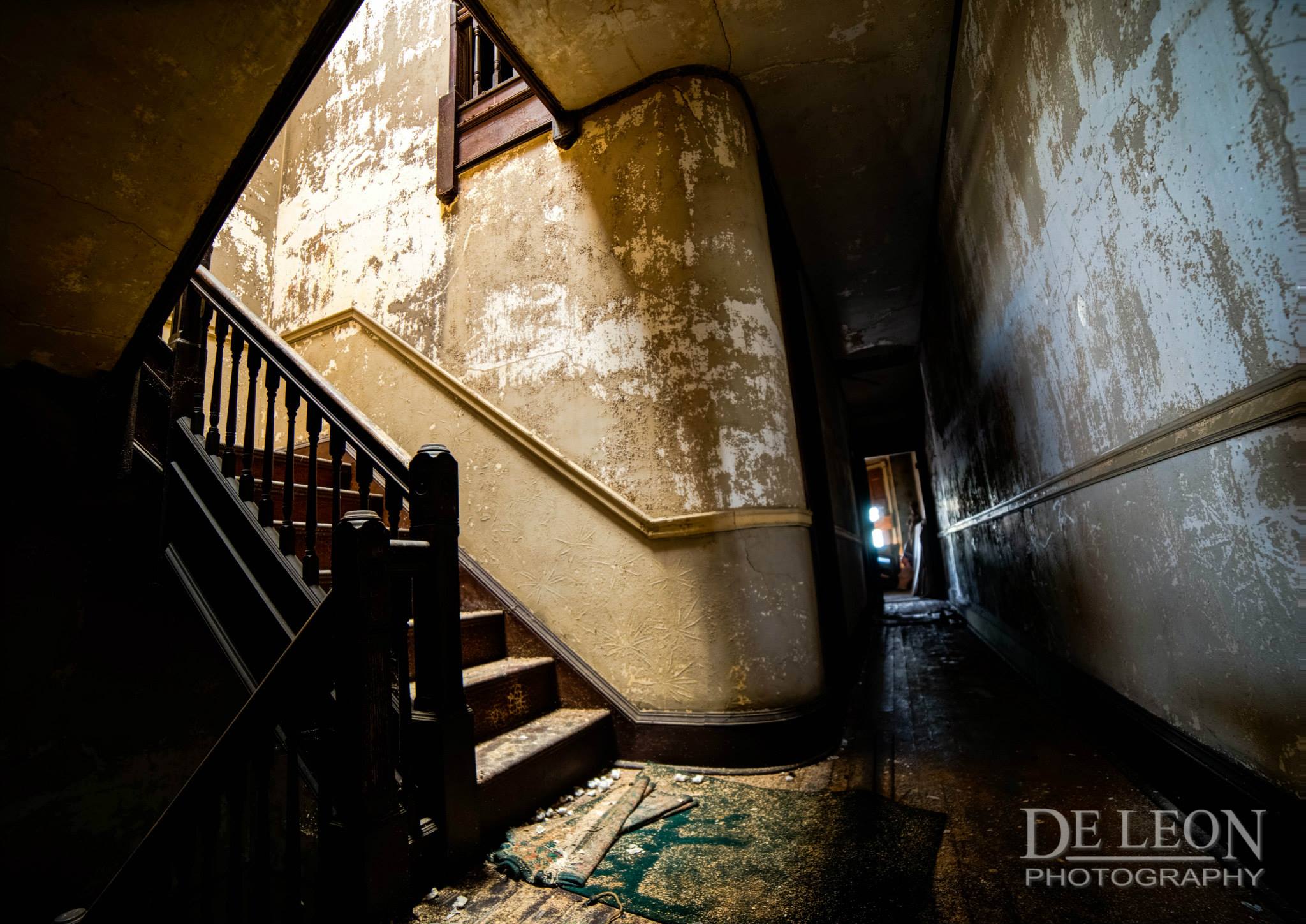
As Ariston explains on his Facebook page, "urban" doesn't necessarily mean "city." For him, urban exploring simply means investigating and capturing abandoned buildings.
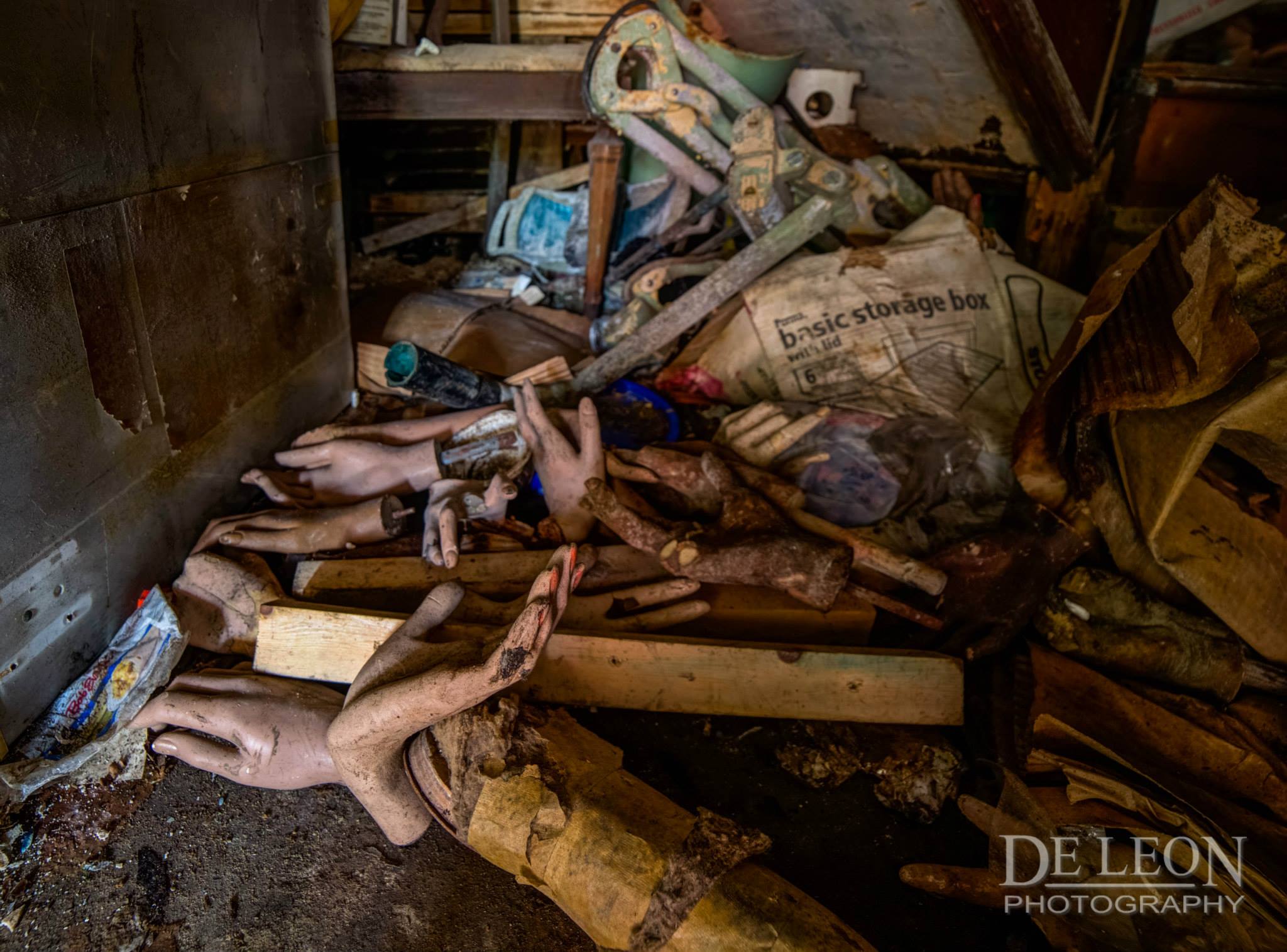
He finds joy in the mundane items left behind, and strives to find beauty in the ugliness. "Hospital beds, old televisions, books, albums, old bibles are just a few of the many artifacts that I find when I go," he writes.
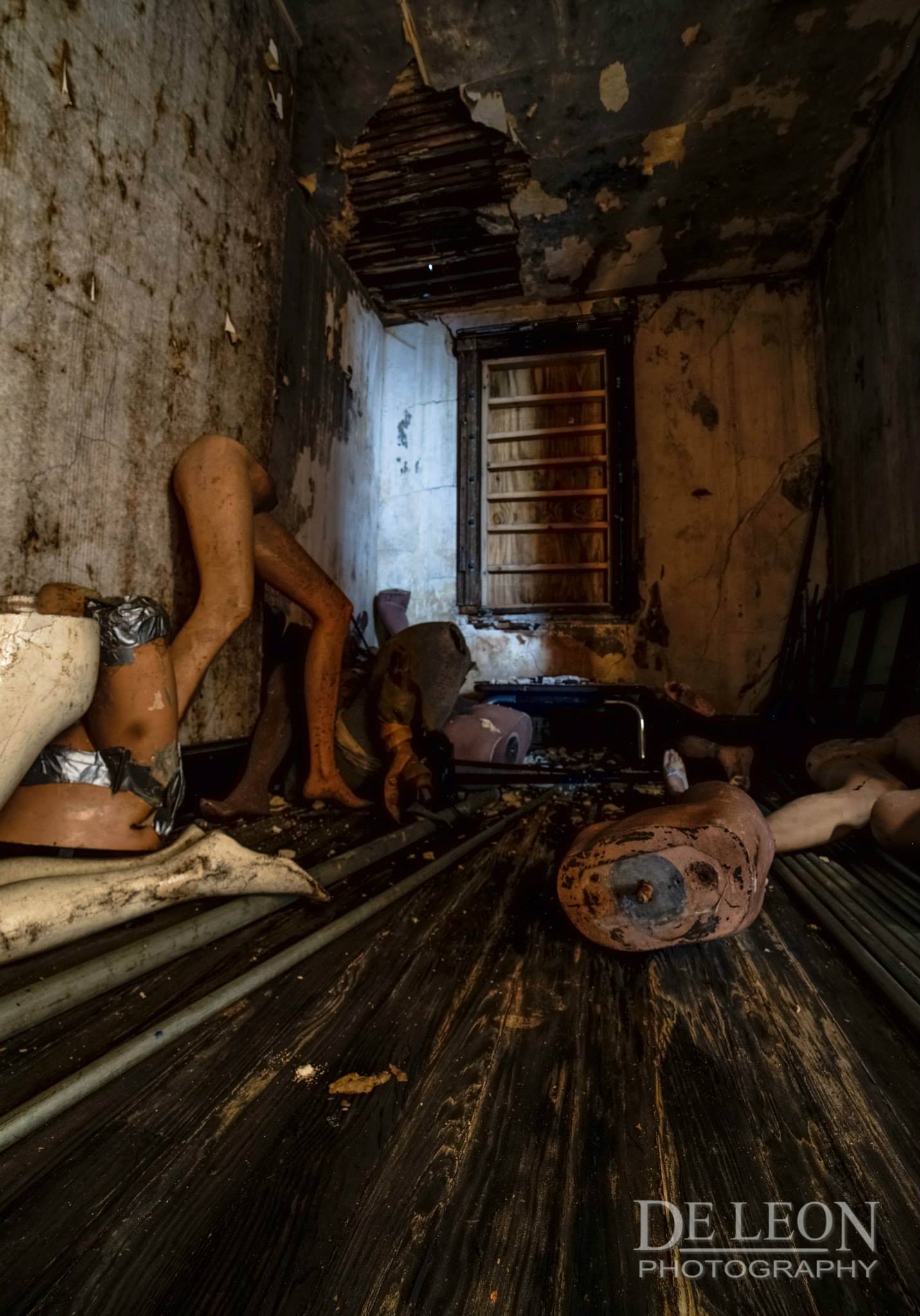
"It’s like opening a time capsule and finding clues of the past," Ariston writes.
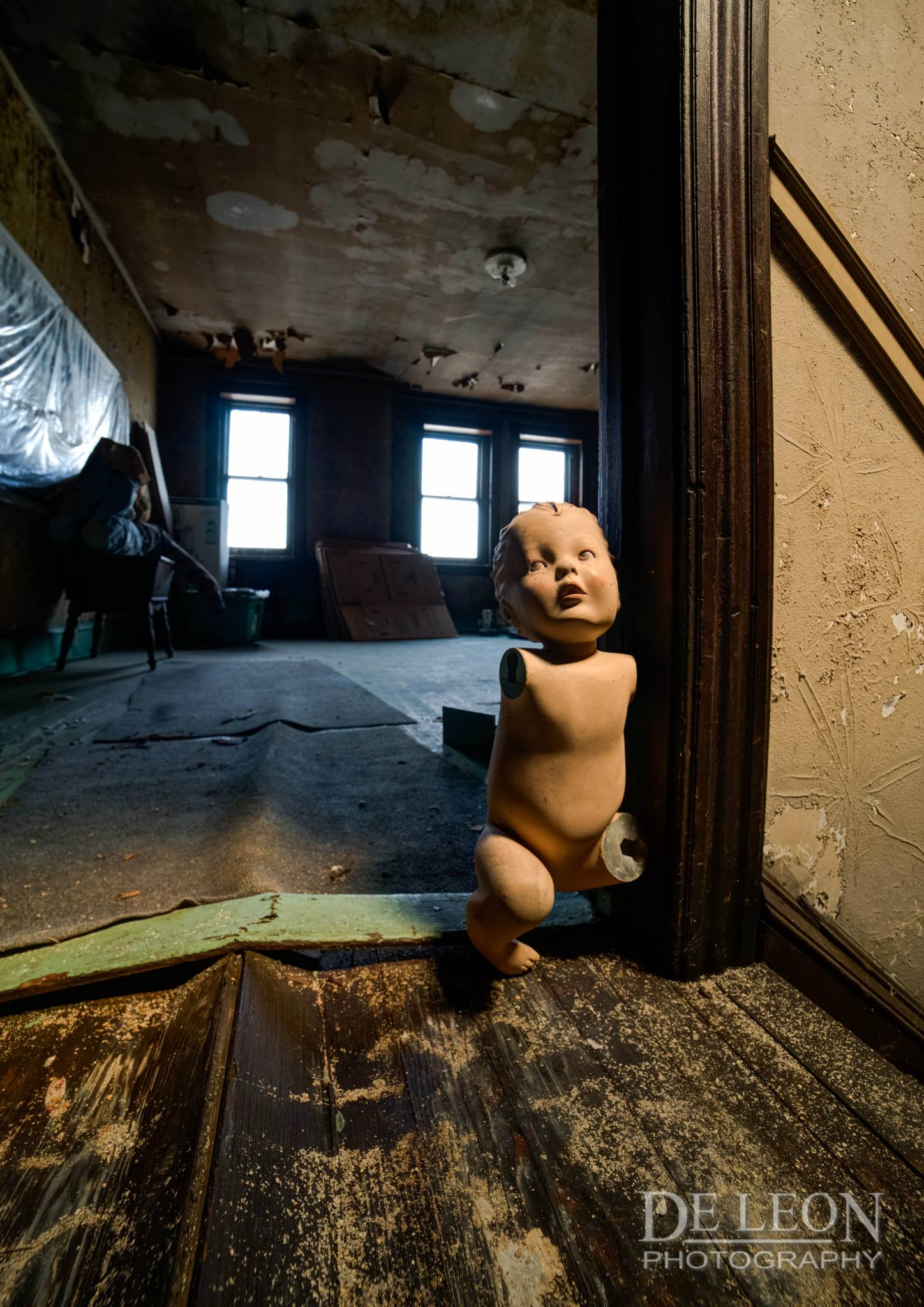
In this particular building, left to rot in a forgotten part of town, Ariston discovered the remnants of a wax museum. Here, he captures what was meant to be a sculpture of Harriet Tubman.
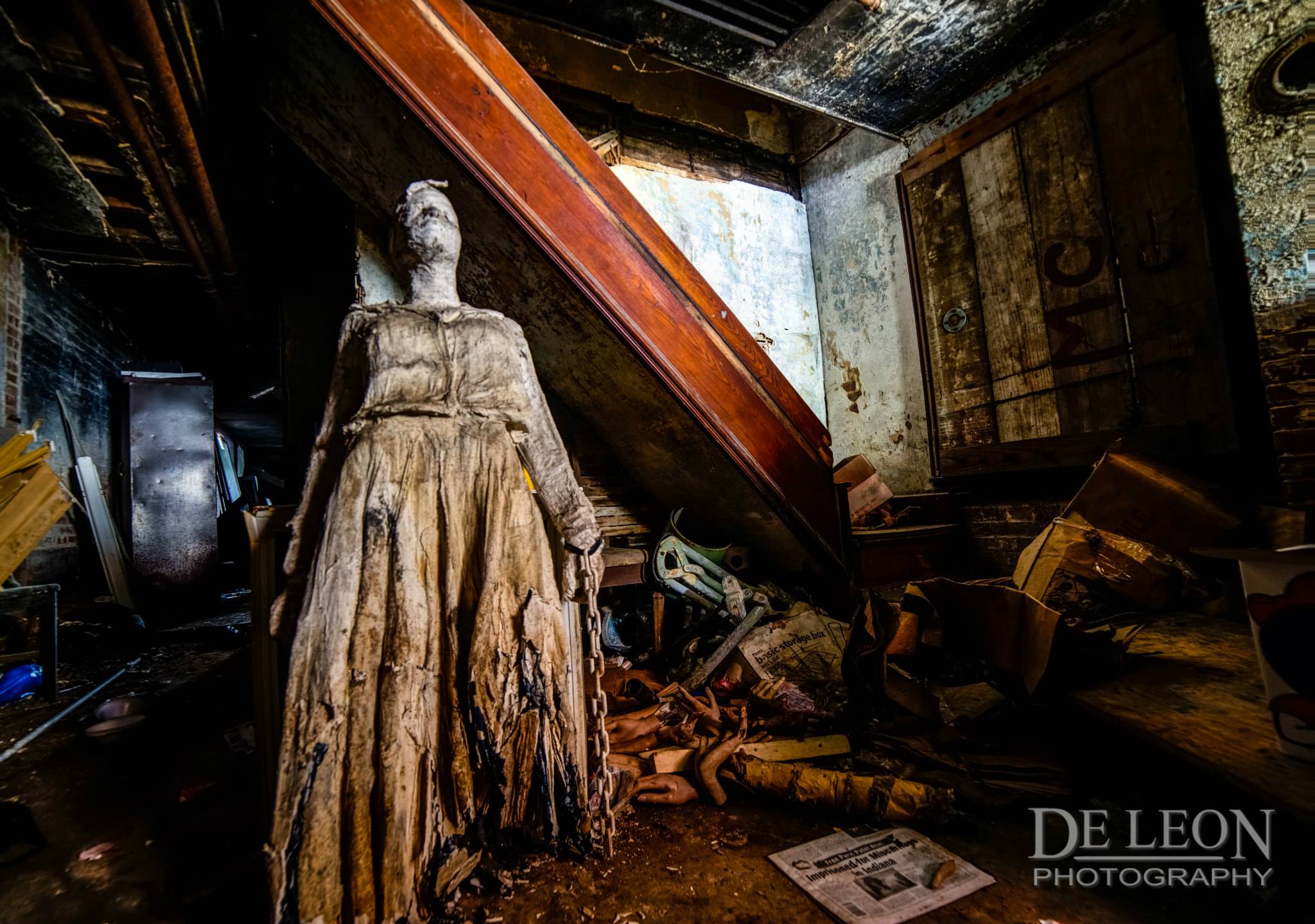
"When I enter an abandoned building," he writes, "I think about the past purpose of the building, the people that worked, lived, visited, or died."
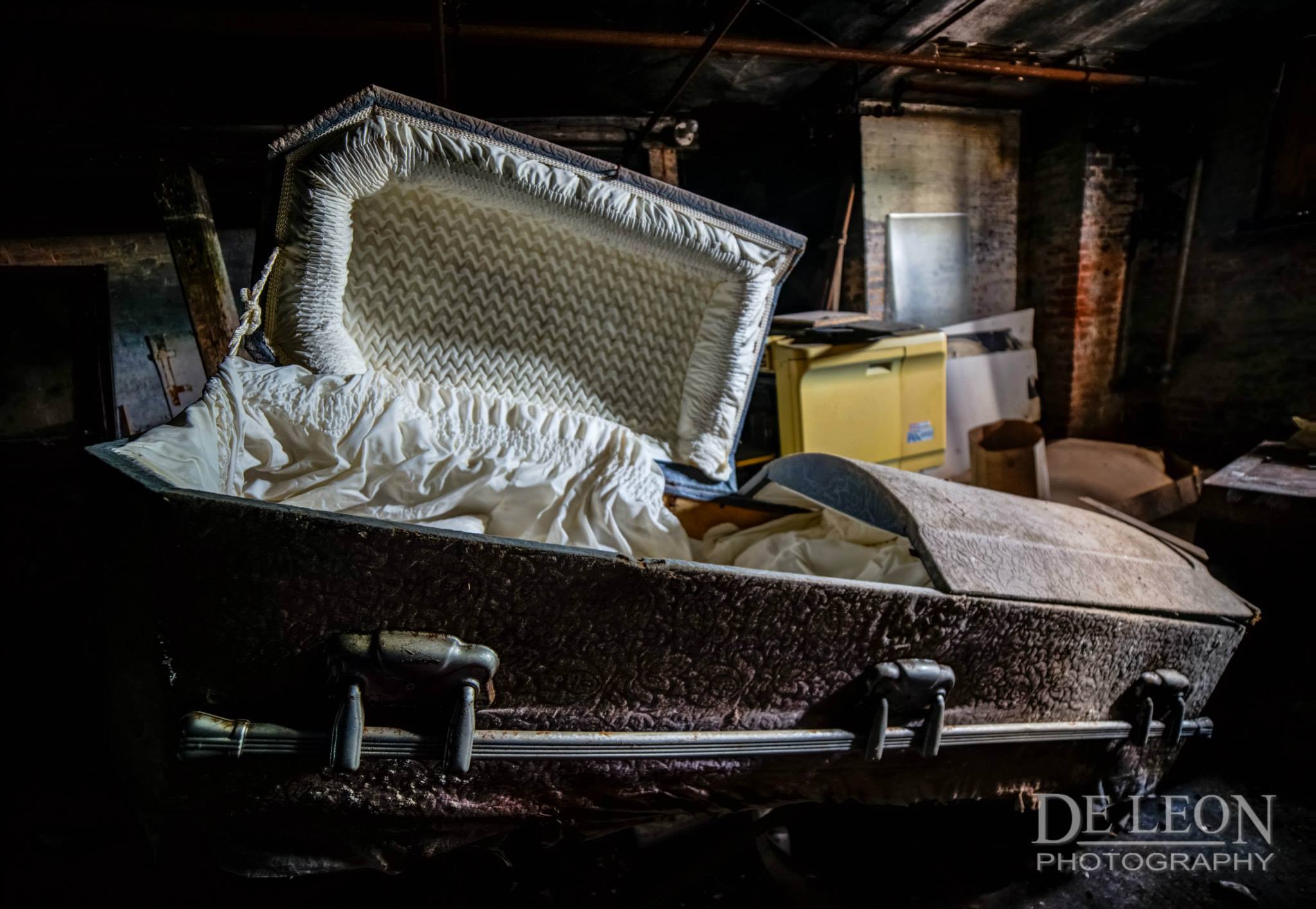
Not much is known about this particular building or its use as a museum, but the artifacts it's left behind are certainly fascinating — as wax museums typically are.
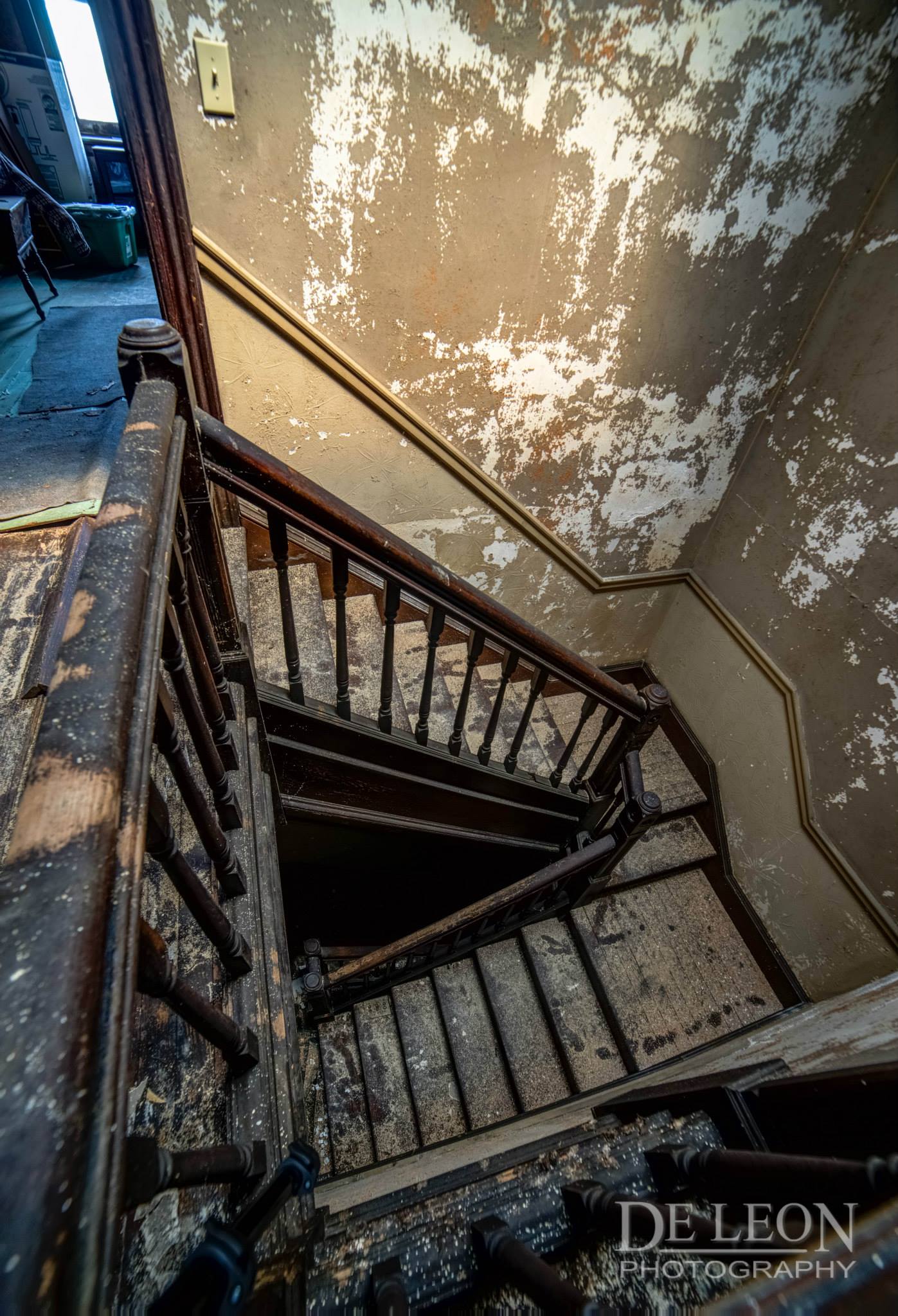
The practice of dressing wax figures in human clothing began as a funeral practice in the Middle Ages: Models of the deceased were laid atop their coffin at funerals — but in hot weather, this was an unfortunate situation.
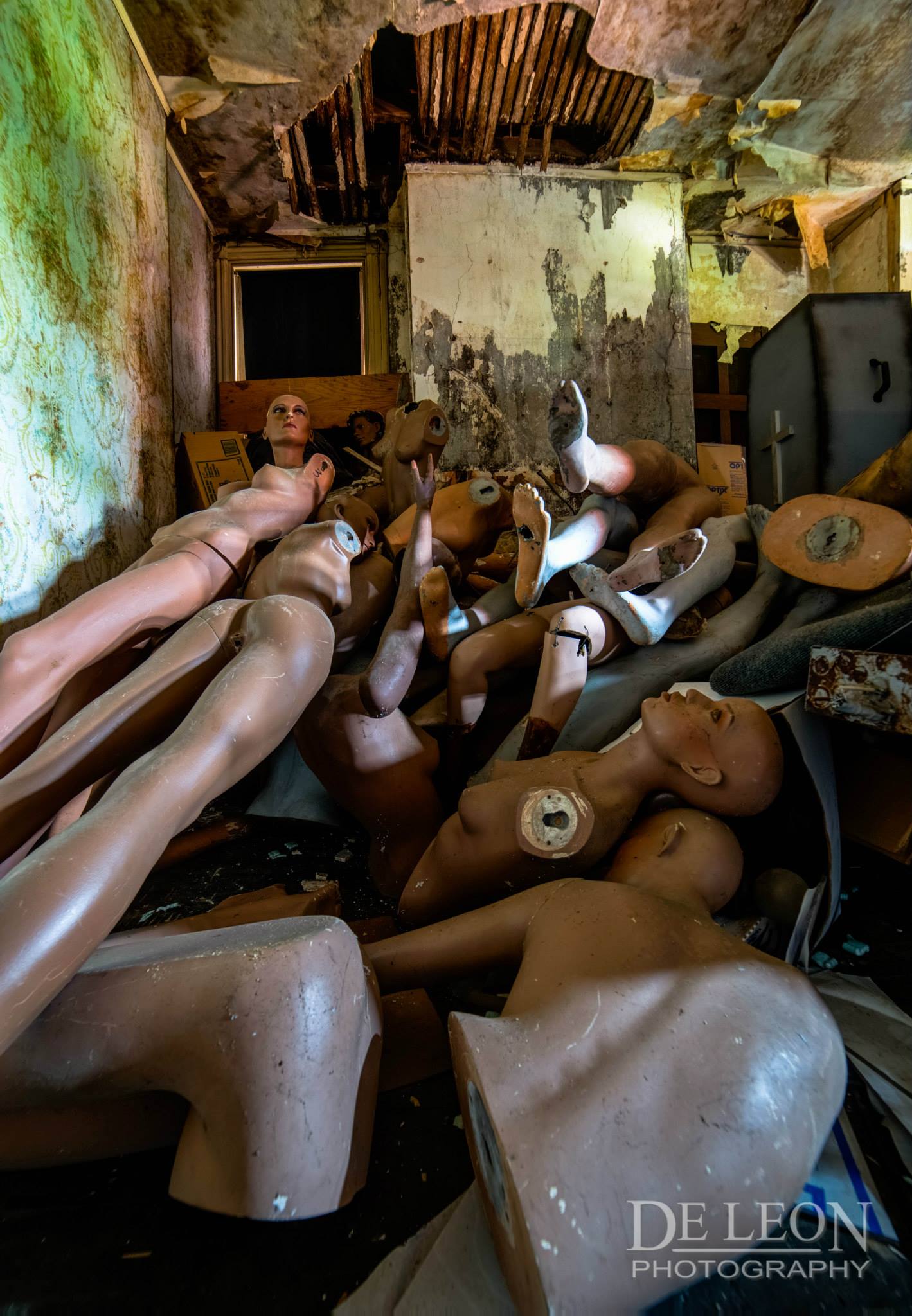
Later, the wax figures were kept inside where grieving people could come and pay their respects to the realistic-looking figure of the deceased — and perhaps marvel at their stunning likenesses.
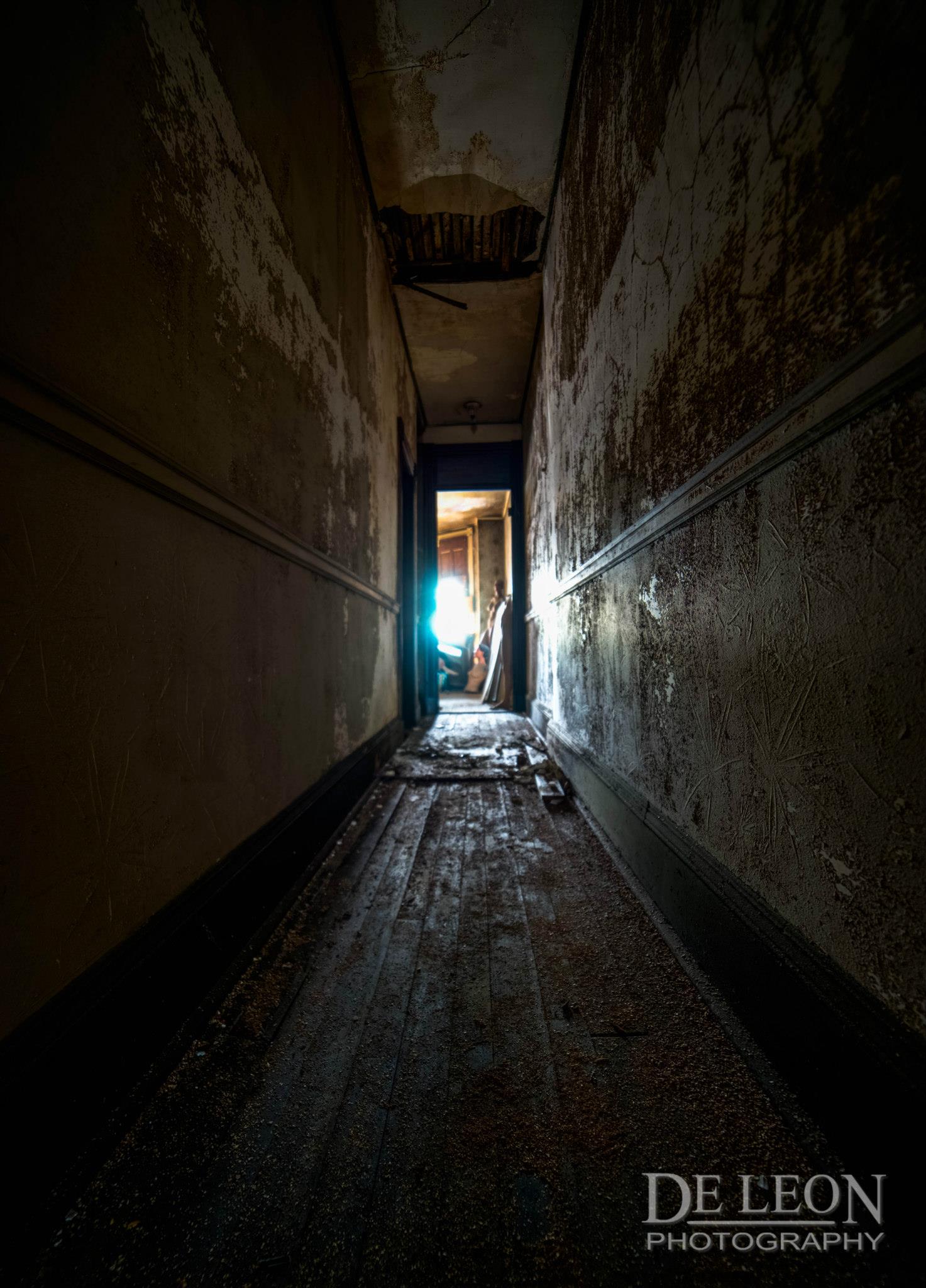
Eventually, these wax figures — traditionally made for the very rich or important — became huge tourist attractions.

Soon, the practice broke away from funerary use and became a source of reverence and entertainment.
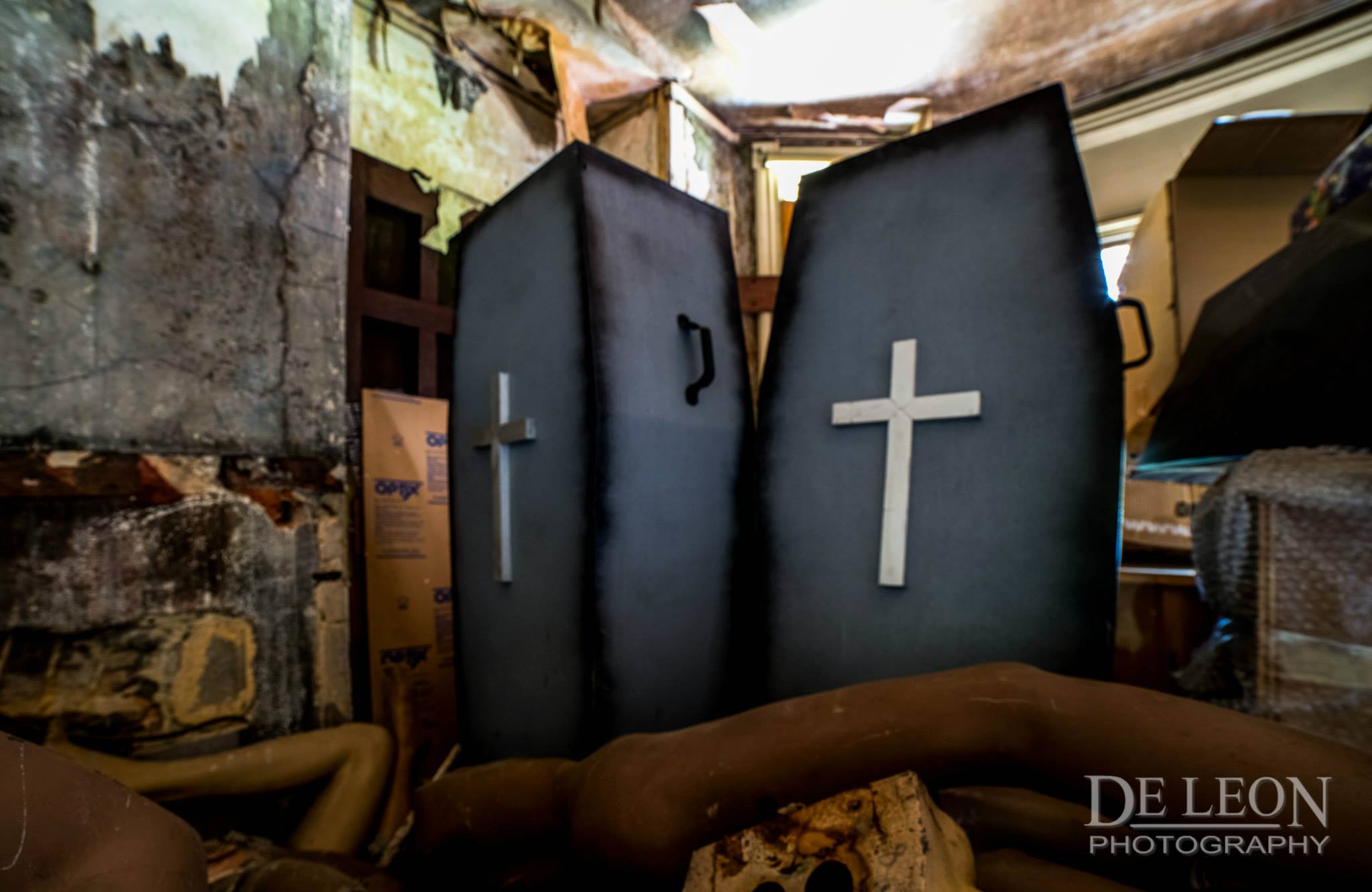
In this case, Ariston can't be sure what the purpose of this wax museum was. Perhaps the building had many different uses throughout the years?
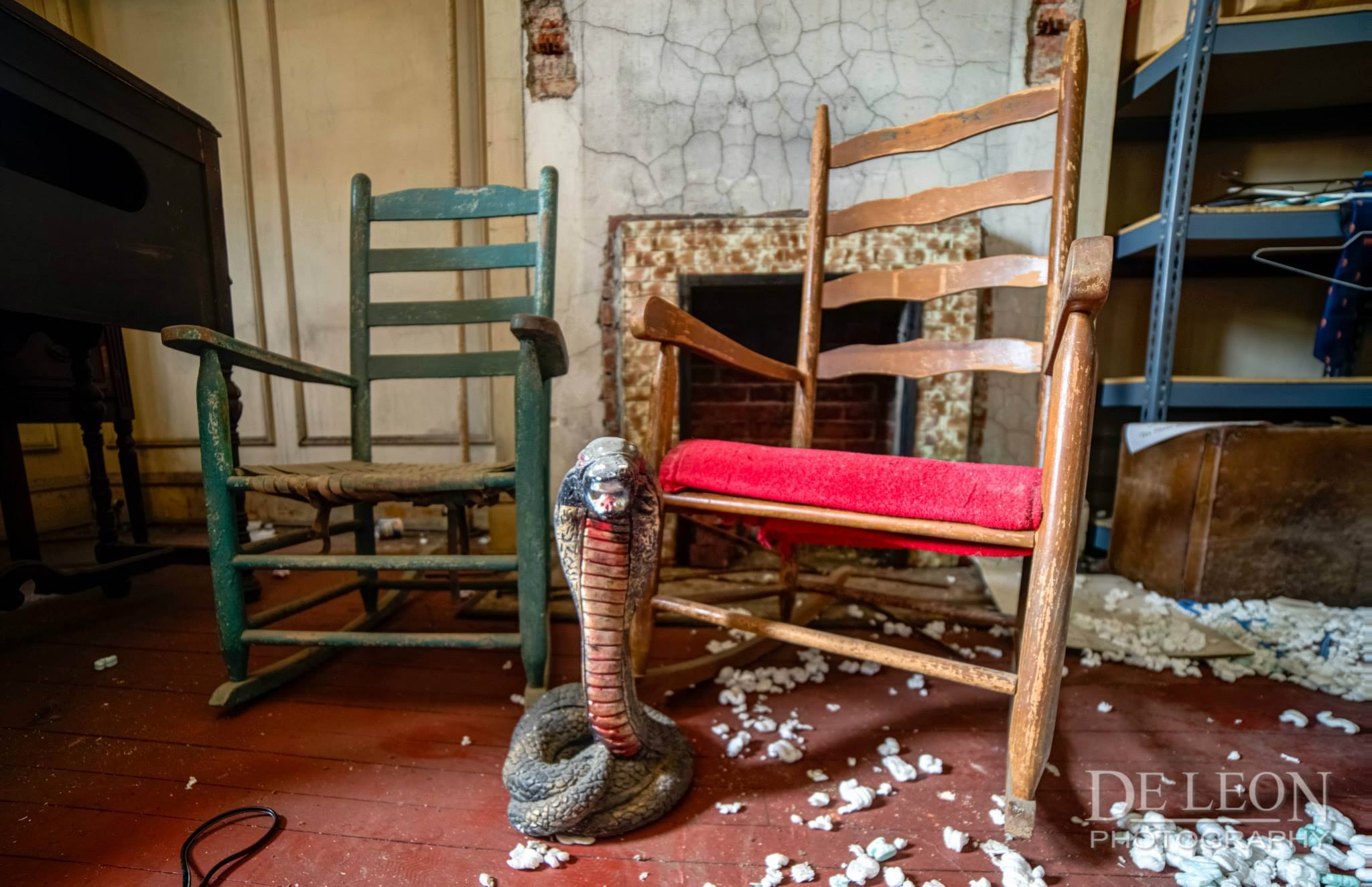
Since Ariston cannot reveal the location of this particular site — to protect the property from less respectful visitors than himself — we may never know their true purpose.
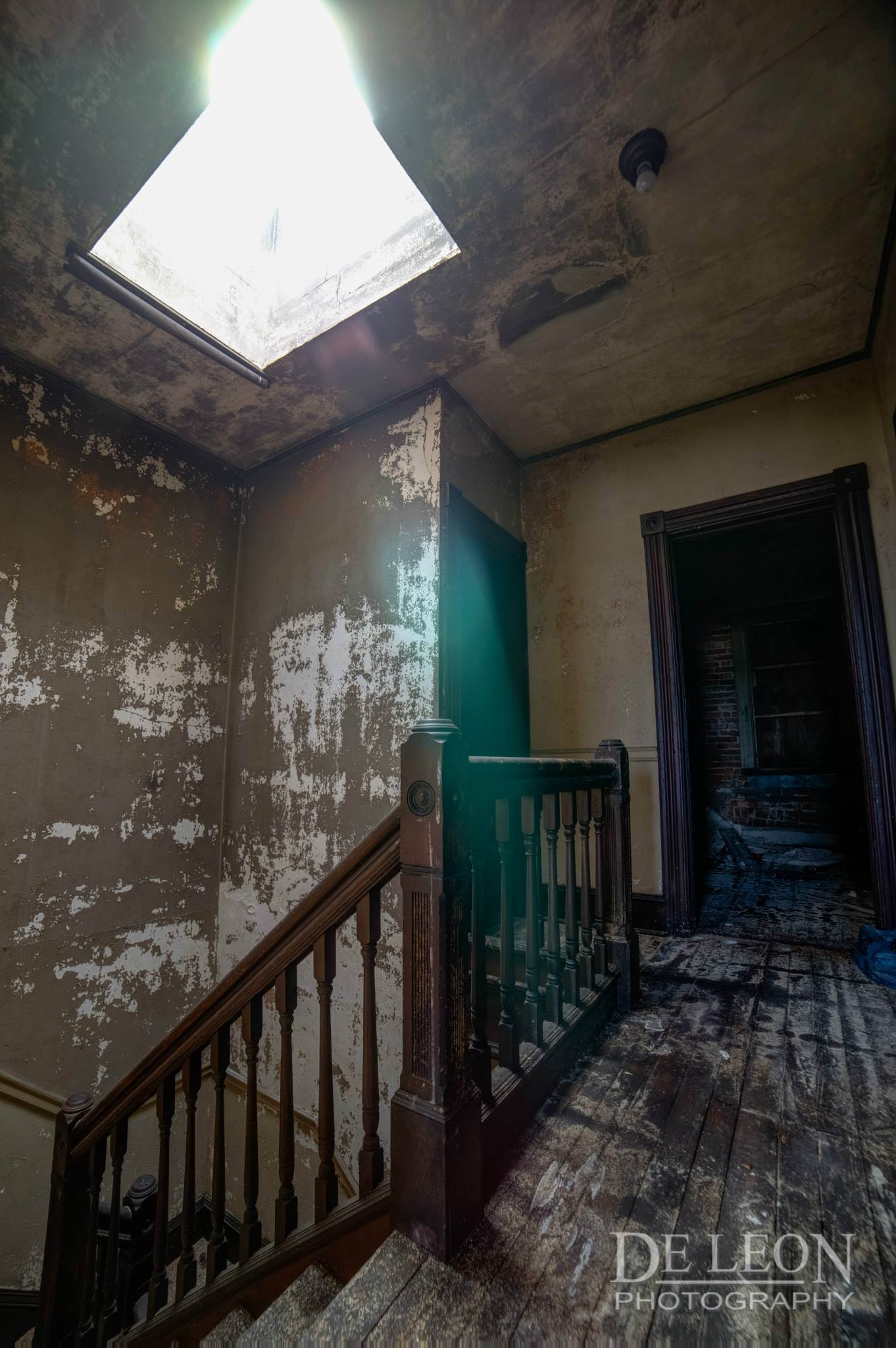
But we can still admire its place in history and its puzzling remnants — that is, until Mother Nature, or mankind, finally comes to claim this crumbling building once more.
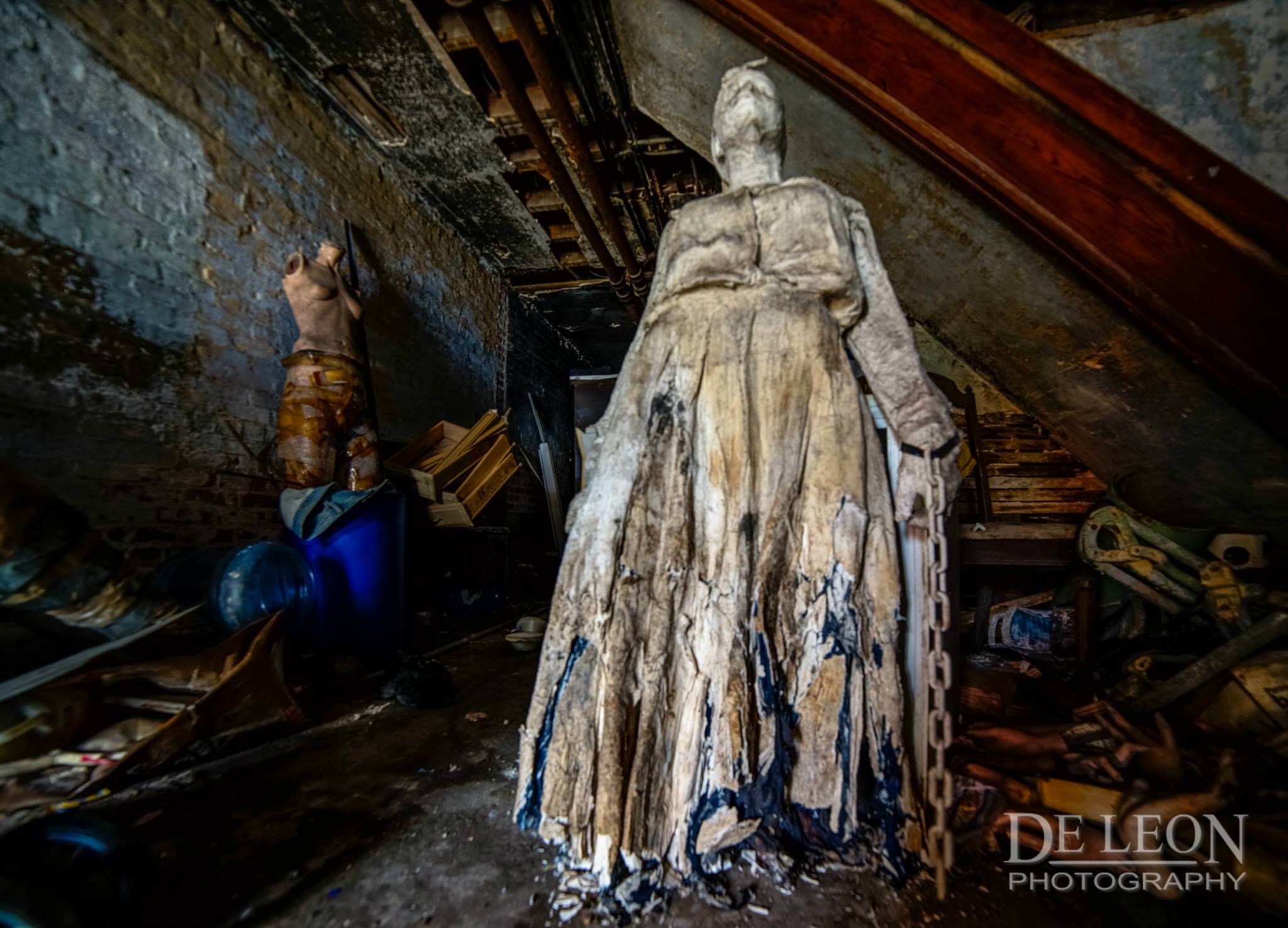
Please SHARE if you love spooky buildings like this one!




